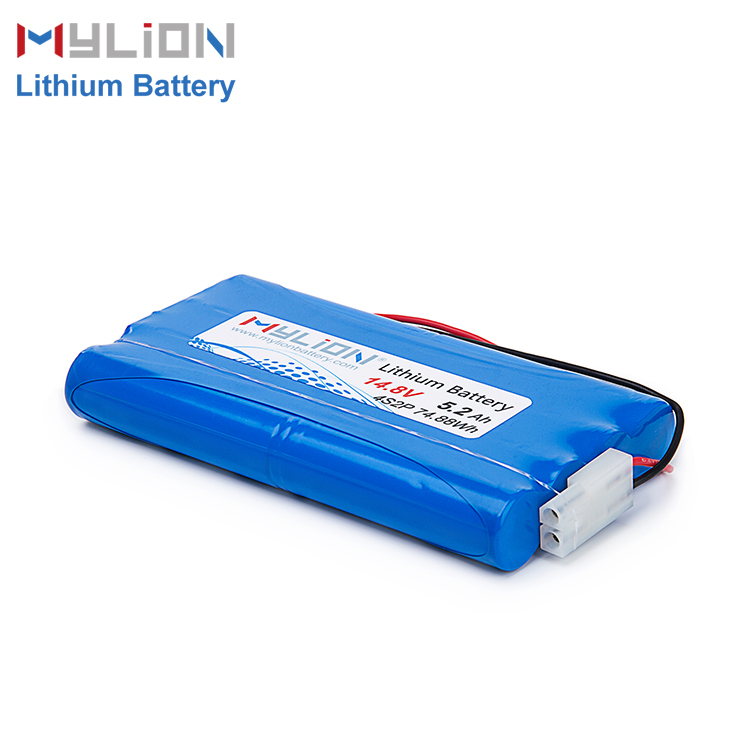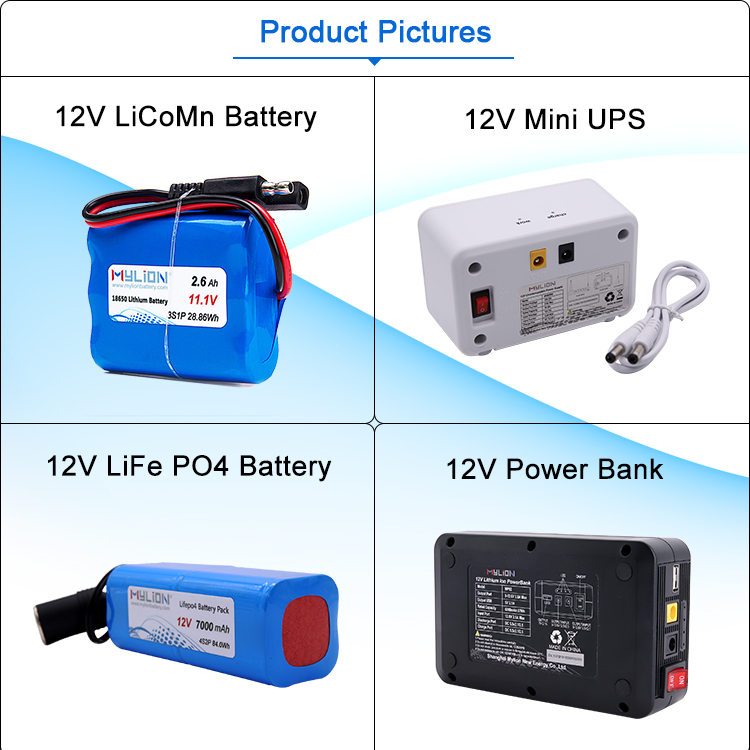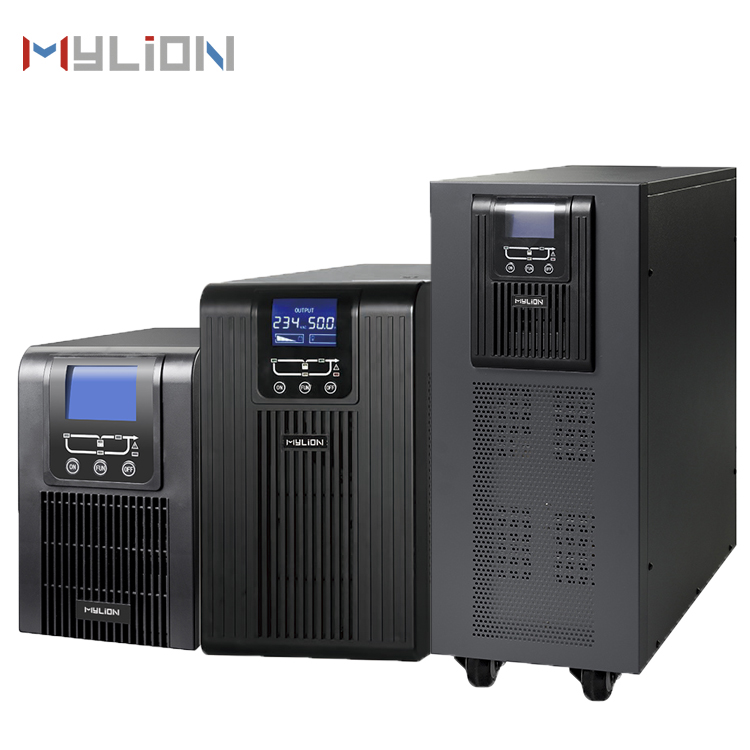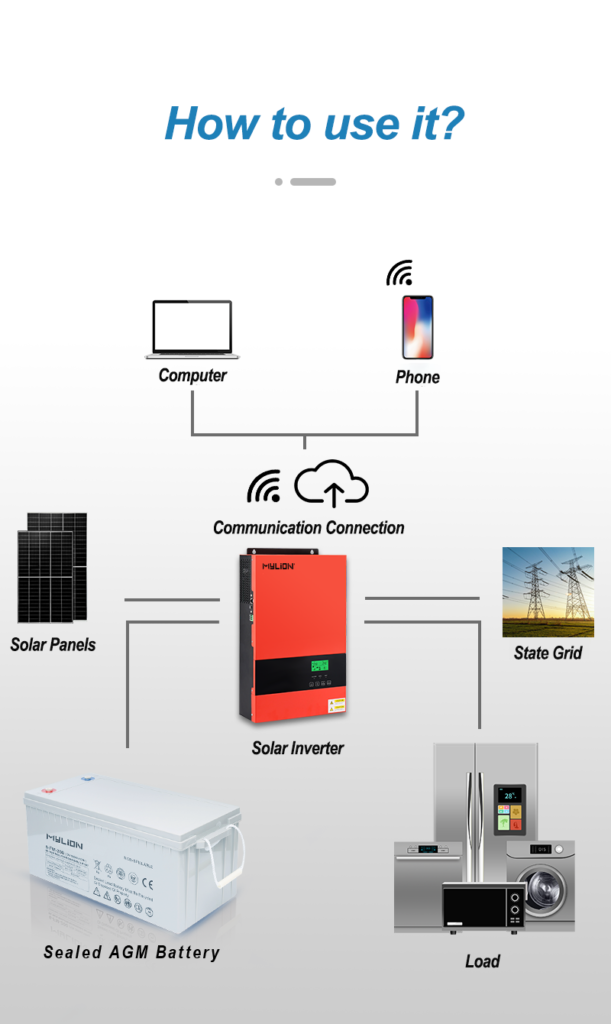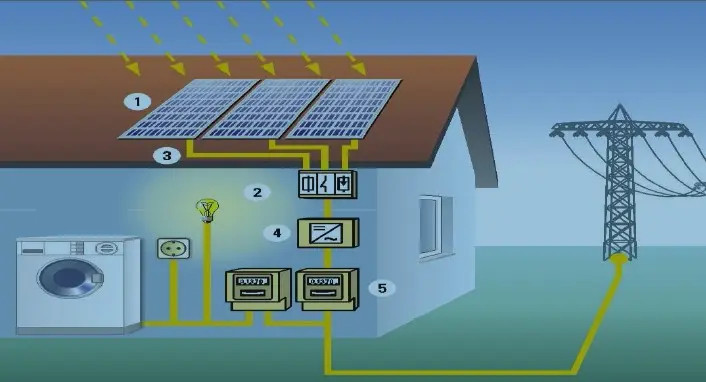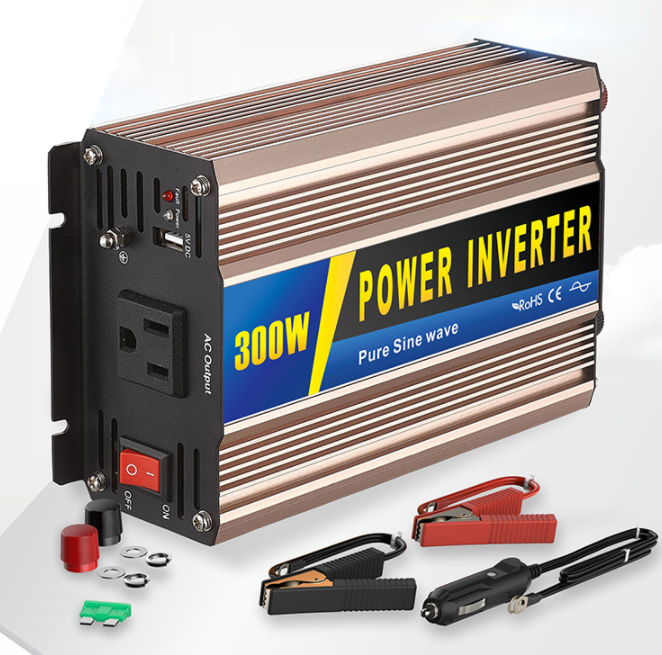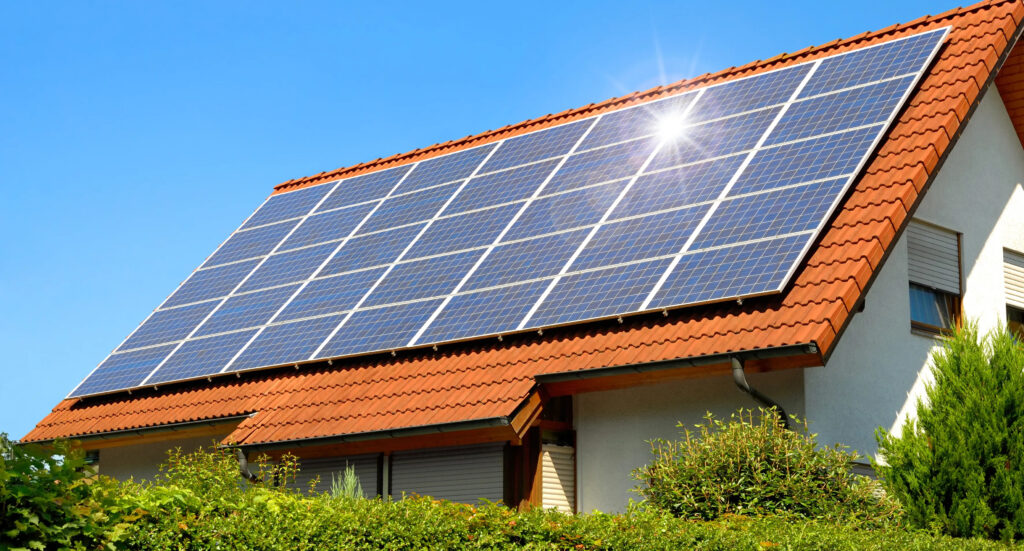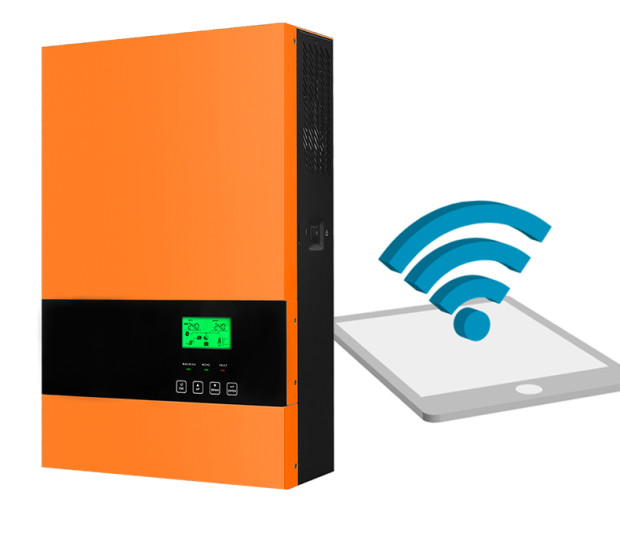The development history of lithium batteries
Introduction: Lithium-ion technology has transformed the way we communicate and power portable devices, and is now driving a revolution in global transportation and energy supply. A new paper by Arumugam Manthiram of the University of Texas at Austin examines the development of the technology, from initial discoveries in the 1970s to the considerations of researchers […]
The development history of lithium batteries Read More »

